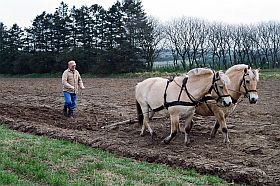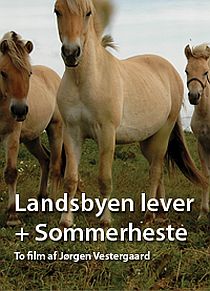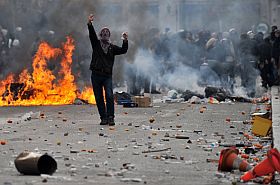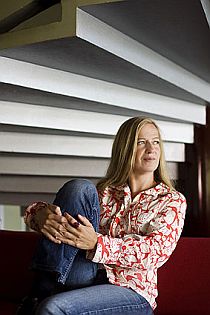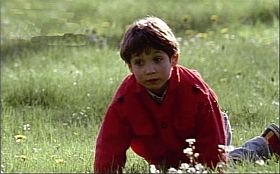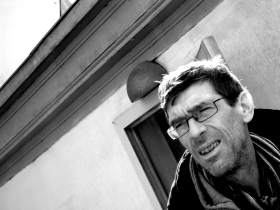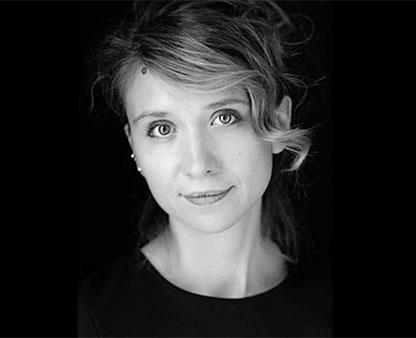

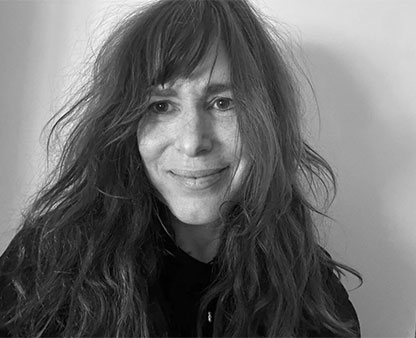
Niels Jensen

Så sidder man her på et hotelværelse i Tbilisi i Georgien med tårer I øjnene. En halv time efter at en sms tikkede ind med meddelelsen om Niels Jensens død. Jeg så ham sidst i Filmhuset under festivalen cph:dox, han så svag ud og fortalte mig, at hans hjerte var slidt og at han tit tabte pusten. Han var på vej til biblioteket med filmbøger. Niels var ikke gået på pension, han havde stadig timer på Filmskolen. Men han ærgrede sig over, at han ikke længere kunne køre på cykel ud til Holmen!
Det er mig fuldstændigt umuligt at skrive en nøgtern nekrolog om en mand, der i årtier var Danmarks bedste filmformidler og som lærte mig om filmens vidunderlige verden. Det må blive personligt, men jeg ved at mange kendte Niels, som jeg gjorde det – som det altid inspirerende menneske, som var glad for at give fra sig. Uegennyttig. Et ordentligt og fint menneske, altid til at stole på. Og aldrig til fals – da Mimi Stilling Jacobsen i sin tid som kulturminister skulle godkende en indstilling om en programredaktion ved Statens Filmcentral (SFC), og mente at 2/3 af trioen Erik Thygesen, Bente Hansen og Niels Jensen var for rød, blev der ringet fra ministeriet til Niels (der ikke var “rød”) med besked om at han kunne blive godkendt, hvis han ville… svaret fra ham var, at det var alle tre eller ingen. Loven blev derpå lavet om, så ministeren ikke længere skulle fungere som “gummistempel”.
Jeg ved, at aviserne vil skrive om hans viden om og kærlighed til John Ford og westerngenren. Og om hans store interesse for og viden om Ingmar Bergman. Det har aldrig betydet noget for mig, og det var ikke det, som optog ham mest. Hans hjerte var knyttet til kort- og dokumentarfilmen, og han fik lejlighed til at præge den danske i mange år som filmkonsulent ved Statens Filmcentral (SFC) og før da som konsulent ved Kortfilmrådet. I bedste folkeoplysnings-forstand og i den ånd, som lå bag oprettelsen af SFC, var Niels altid den stærke fortaler for at film skal bruges til at blive klogere af. Jeg gav ham en stak udenlandske dokumentarfilm i begyndelsen af dette år, han så dem, og vi mødtes på Husmanns Vinstue, og Niels analyserede med få ord filmene med præcision og stor entusiasme. Og tit med en parallel til andre kunstarter, specielt malerkunsten men også litteraturen, den korte, novellen, som han har skrevet en bog om.
Åh, der ryger så mange minder igennem mit hovede – om redaktionsmøder i SFC, rejser sammen til Berlin, for meget rødvin i forbindelse med Cinema du Réel i Paris, meget velkomne belæringer om, hvad det vil sige at være lærer, de slidte udgaver af hans fremragende bog “Filmkunst”. Der var højt til loftet og respekt for andre. Mens jeg skriver dette løber en mail ind fra Jørgen Vestergaard, en af mange danske filmfolk, som Niels satte højt og hjalp. Vestergaard skriver: Jeg har kendt Niels siden jeg i en alder af nitten var elev på Krogerup, og jeg føler det som et stort tab… Ja, mon ikke!
Fotografi: Niels Jensen på sit kontor på SFC o. 1985 fotograferet af Freddy Tornberg.
